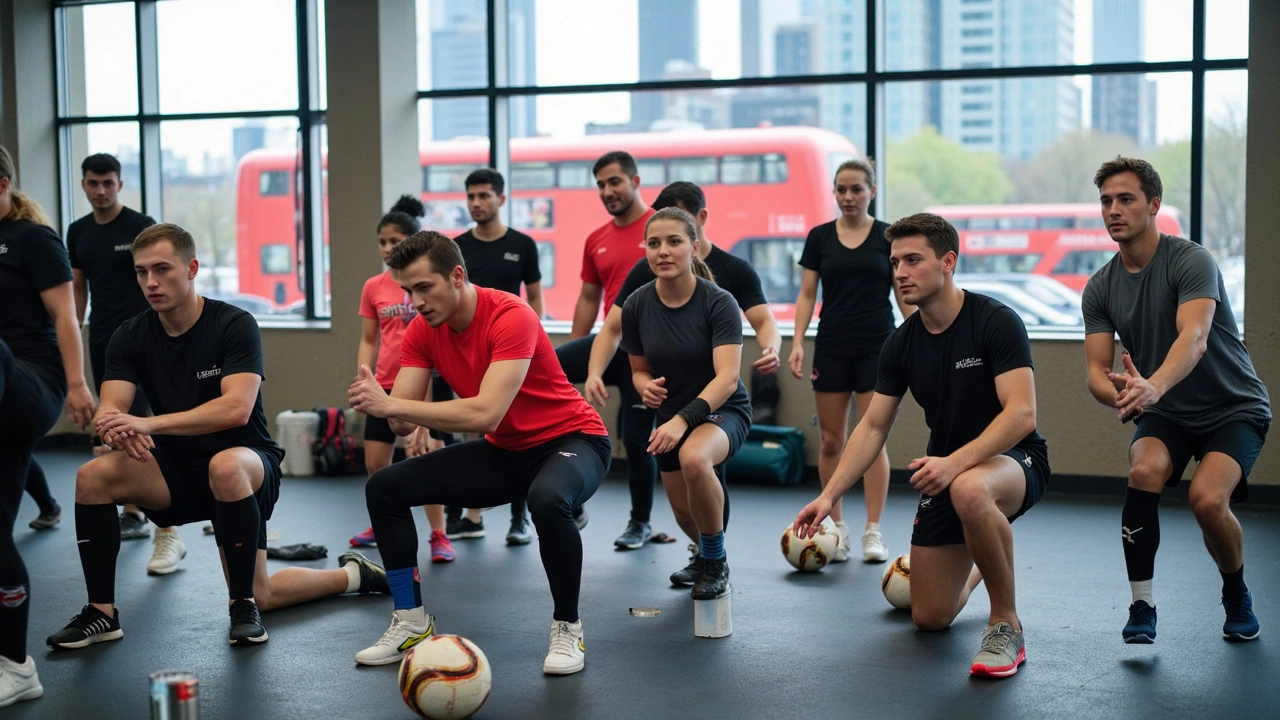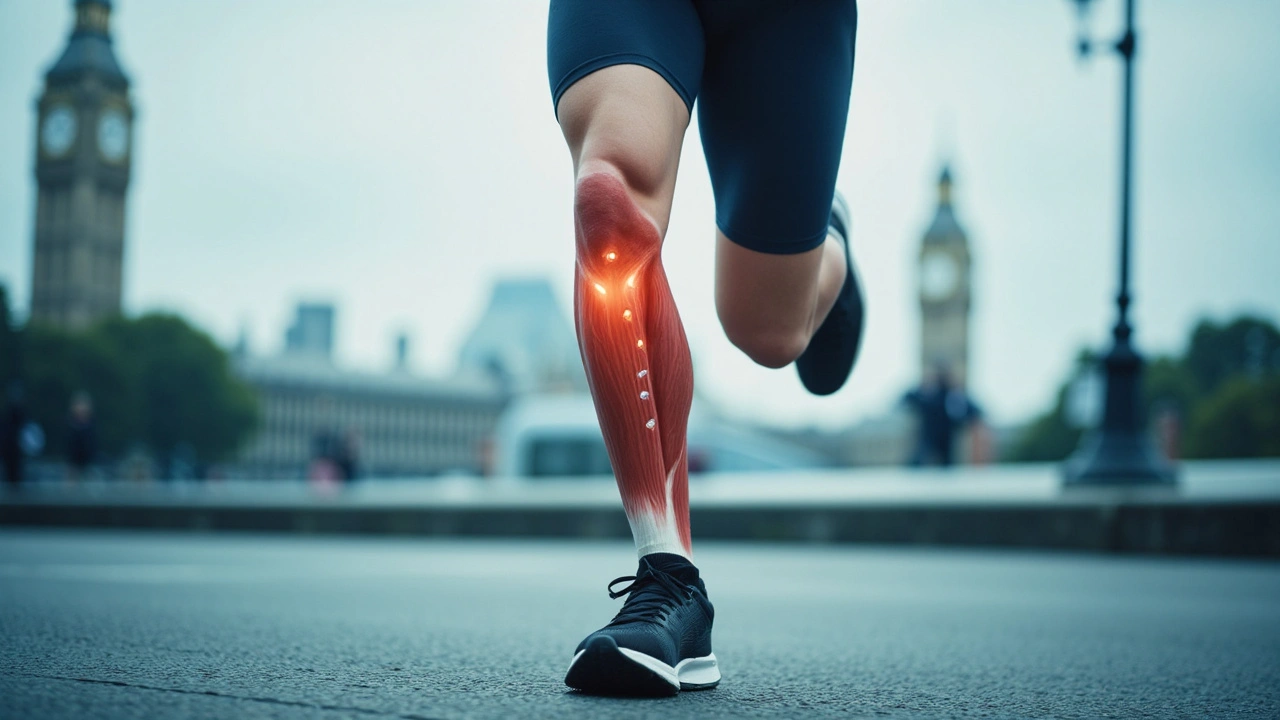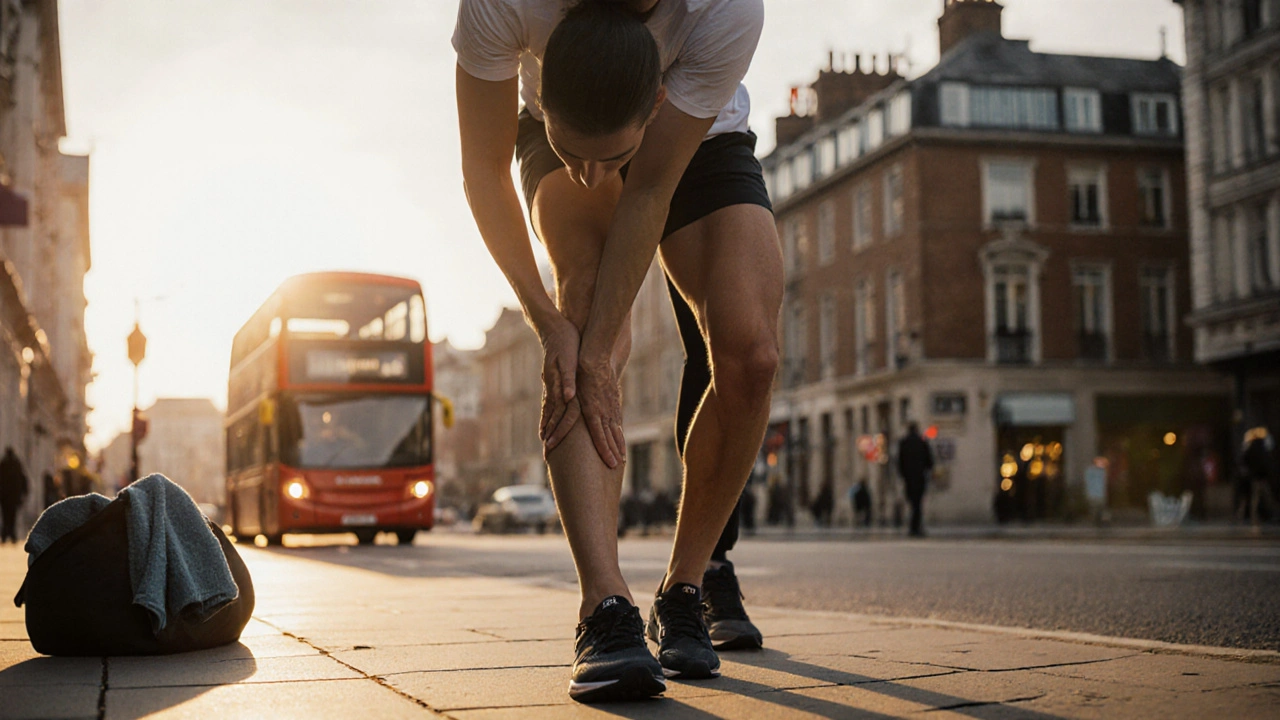Sports Massage London: Uncover the Healing Power for Body and Mind

Ever woken up with a sore back after a gym session or struggled with nagging tightness that just won’t quit? You’re not alone. In a city like London where everyone is always on the move, muscle pain and soreness are pretty much part of life—especially if you push yourself at the gym, play sports, or even just stand on your feet all day. That’s where sports massage comes in. It’s not your regular spa massage; it’s targeted, and sometimes a bit firmer, but a lot more effective at tackling the aches that slow you down.
A good sports massage in London isn’t just for pros or elite runners. Office workers, weekend footballers, and busy parents have all discovered how much it helps with pain, flexibility, and stress. The best part? You don’t have to wait until you’re injured to see the benefits. Early sessions can keep your muscles in peak shape and even help you avoid bigger problems down the line.
- What Sets Sports Massage Apart
- Who Should Try Sports Massage in London
- How it Works: Techniques and Benefits
- Picking the Right Sports Massage Therapist
What Sets Sports Massage Apart
Sports massage isn’t just another “relax and zone out” kind of treatment. It’s tailored for people who use their bodies a lot—runners, CrossFit fans, football lovers, or anyone dealing with routine muscle stress. This type of massage focuses specifically on muscle groups that get tight or overworked, aiming to boost recovery and actually help you move better.
Here’s where sports massage stands out compared to regular massage:
- Sports massage London options often target problem areas that bother you the most—think hamstrings, calves, shoulders, or your lower back.
- It combines deep tissue work, stretching, and trigger point therapy to break up knots and improve blood flow.
- Therapists will adjust techniques based on whether you need help with muscle recovery, chronic pain, or prepping for a big event.
- Sessions might feel intense, but you should be able to talk with your therapist about pressure and comfort the whole time.
Here’s a quick breakdown of key differences:
| Feature | Sports Massage | Regular Massage |
|---|---|---|
| Focus | Problem areas, injuries, performance | General relaxation, overall stress relief |
| Techniques | Deep tissue, stretching, focus on specific muscles | Gentle, full-body, less focus on injury |
| Intensity | Medium to very firm, sometimes uncomfortable | Mild to moderate, usually soothing |
| Goals | Speed recovery, prevent injury, improve mobility | Ease tension, promote relaxation |
Most people book sports massage either after an intense workout or before a big event to reduce the risk of injury and get their body performing at its best. A good therapist will also give you simple aftercare tips—like stretches or ice packs—so you heal faster and feel ready for your next challenge.
Who Should Try Sports Massage in London
You don’t have to be a marathon runner or a rugby champ to benefit from a sports massage London session. This type of massage covers way more people than you’d think. Sure, athletes swear by it, but regular folks experiencing muscle aches or who want to stay active also see big results. Let’s break down who gets the most out of it:
- Active Londoners: Regulars at the gym, cyclists, rowers, and anyone who hits the pavement or park for a run. Sports massage helps them recover quicker and prevents those little tweaks from turning into something worse.
- Office workers: Sitting at a desk all day leads to stiff necks, tight shoulders, and lower back pain. A sports massage can target deep knots that no amount of stretching seems to fix.
- Parents and caregivers: Lifting kids or groceries strains your back and arms. Sports massage is great for easing that daily wear and tear.
- Post-injury rehab: If you’re coming back from a sprain, strain, or surgery, sports massage can speed up healing and get you moving again without so much discomfort.
- Anyone dealing with stress: High-pressure jobs and London’s pace can leave your body tense. Massages help you chill out, sleep better, and boost your mood.
Here’s a quick look at who books these massages most in London:
| Group | Common Reasons | Percentage of Clients |
|---|---|---|
| Amateur Athletes | Muscle recovery, injury prevention | 35% |
| Office Workers | Neck/back tension, posture issues | 30% |
| Fitness Beginners | Soreness, mobility | 15% |
| Older Adults | Flexibility, pain relief | 10% |
| Other | Stress, post-surgery, general wellness | 10% |
Seeing these numbers, it’s clear: sports massage isn’t just for the super fit or injured. If you’re moving, working, or just trying to keep your body feeling good, it’s definitely worth a try. Most people notice improvements in how they move and feel after just one or two sessions. If you’re tired of feeling achy or stuck, you might be surprised at what even an hour on the massage table can do for you.

How it Works: Techniques and Benefits
Sports massage works by focusing on areas of tightness, knots, or overuse—mostly using techniques like deep tissue work, trigger point therapy, and stretching. Unlike a chill-out Swedish massage, the massage therapist uses more pressure and zeroes in much more on specific problem spots.
The main goal? Boost blood flow, loosen up muscles, and move out waste products that cause soreness. Some of the classic techniques you’ll find in a London sports massage session include:
- Deep Tissue Massage: This breaks down stubborn knots and helps muscles recover after hard training sessions. It’s great for easing chronic aches.
- Trigger Point Therapy: Therapists press and hold onto those notorious ‘knots’ until they relax, letting fresh blood rush in.
- Friction Massage: Quick, focused movements work deep to break up scar tissue or small areas of muscle strain.
- Stretching and Mobilisation: Sometimes they’ll stretch your arms and legs to help you move easier in everyday life—or on the football field.
Now, why bother going through all that? Here’s what the research says:
| Benefit | What Happens? | What the Science Says |
|---|---|---|
| Speeds up Recovery | Flushes out lactic acid, reduces inflammation | British Journal of Sports Medicine found 30% faster recovery times for athletes after massage |
| Reduces Muscle Pain | Loosens tight areas, relieves soreness | Journal of Athletic Training shows noticeable pain relief after one session |
| Boosts Flexibility | Stretches muscles, increases range of motion | American College of Sports Medicine links massage with better muscle movement |
| Prevents Injury | Fixes small issues before they turn into real injuries | Sports massage clients in London report fewer injuries during busy sports seasons |
Remember, sports massage isn’t a “one and done” fix. To really notice long-lasting changes—like less pain after workouts or better flexibility for everyday stuff—it’s about sticking with regular sessions. Even one treatment can help after a tough game or heavy lifting session, but regular appointments make a huge difference.
Picking the Right Sports Massage Therapist
Finding the right person for a sports massage London session isn’t as simple as popping into the first clinic you see on Google. Not every massage therapist understands how to work with sports injuries or prevent them. You want someone trained in sports massage specifically—they'll know how to spot tight spots, work around injuries, and use techniques that actually help your muscles recover, not just relax.
Check if your therapist has qualifications like a Level 4 or 5 Sports Massage Diploma. In the UK, therapists often belong to professional bodies such as the Sports Massage Association or the Institute of Sport & Remedial Massage—these groups set training standards, so membership is a good sign the therapist knows their stuff. Don't be shy about asking where they trained or how long they've been working with athletes or people with similar issues to yours.
Experience with your specific sport or activity is a plus. A therapist who works with runners daily will understand the common calf and hamstring problems. If you do CrossFit or football, ask if they’ve treated others from your sport—they’ll get the typical injuries and what it takes to keep you moving.
- Ask friends, coaches, or gym staff for personal recommendations—they know who's legit.
- Check online reviews, but watch for ones that talk about treatment for actual muscle problems or injuries, not just "nice atmosphere."
- Be upfront about your goals and pain. The right therapist will ask about your training, injuries, and what kind of help you need.
- If something feels off during the treatment (too painful, or ignored problem areas), speak up. Good therapists want feedback and adjust their techniques to suit you.
Lastly, location matters in a busy place like London. Look for someone convenient to your home, work, or gym, but don’t settle for less-qualified just because it’s close. A few extra stops on the Tube are worth it for someone who really knows their way around sports massage.



